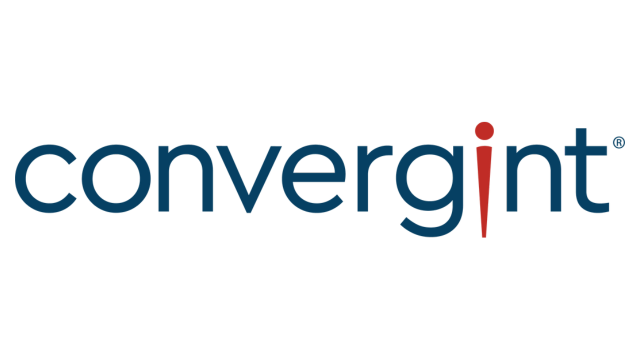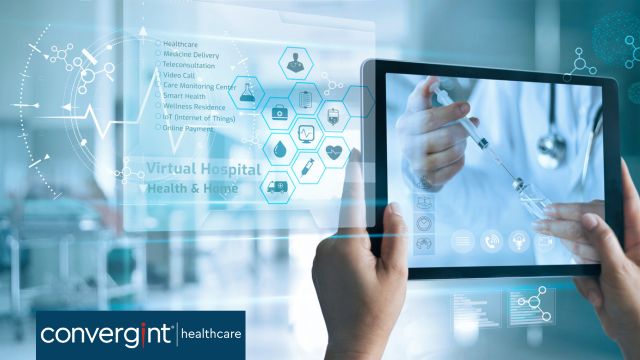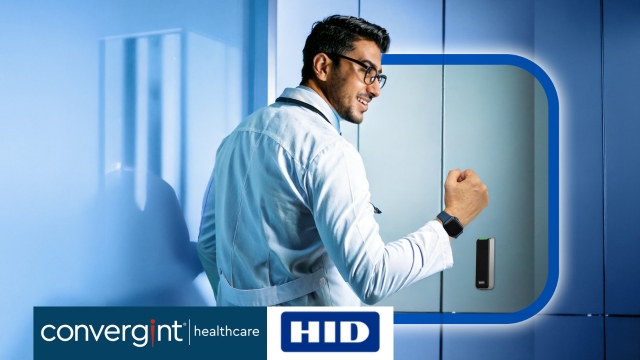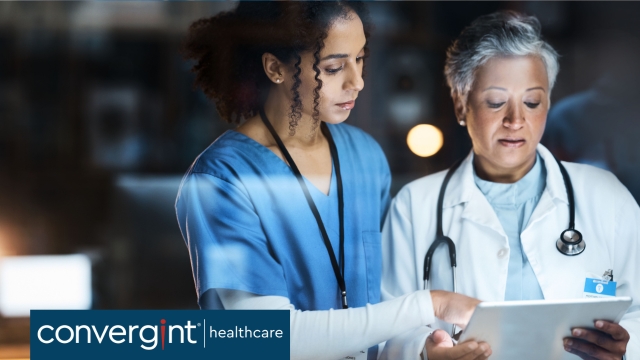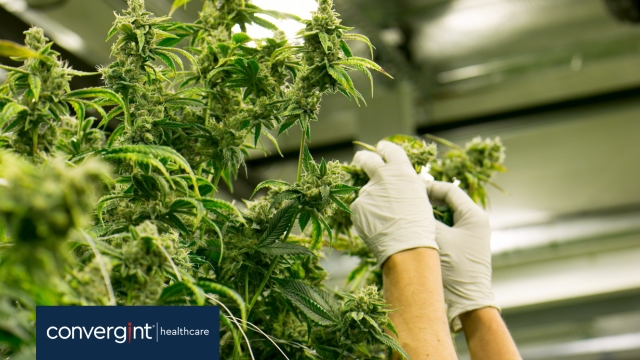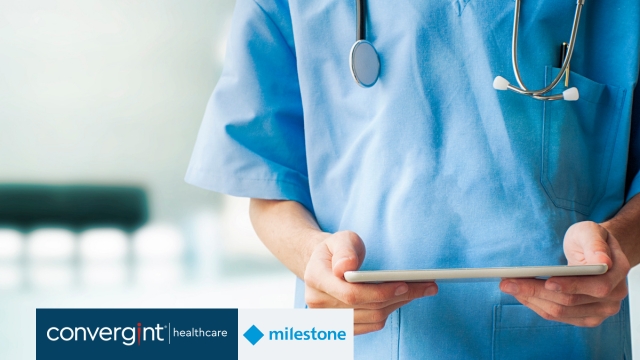In today’s fast-paced and constantly evolving healthcare landscape, hospitals are continually seeking innovative ways to enhance patient care while improving operational efficiency. Remote patient monitoring (RPM) has emerged as a leading solution in recent years. By leveraging live patient video monitoring, hospitals not only deliver personalized care but also streamline workflows and allocate resources more effectively. This transformative technology offers a multitude of features and benefits that extend benefits to patients, providers, and hospital staff. Let’s delve into how remote patient monitoring can revolutionize hospital operations, with a focused emphasis on workflow efficiency and compassionate care delivery.
Real-time video observation: Live remote video monitoring enables healthcare providers to continuously assess patients’ conditions visually.
Two-way communication: RPM systems facilitate interactive audio and video communication, allowing remote patient assessments and guidance.
Integration with patient data: Video monitoring integrates with electronic health records (EHRs) for a comprehensive patient overview.
Alerting and notifications: RPM systems generate alerts for critical events like falls or unusual patient behavior, ensuring swift responses.
Security and privacy: These systems comply with healthcare regulations (e.g., HIPAA) to safeguard patient privacy and data.
Enhanced patient safety: Visual assessments reduce risks of falls, injuries, and adverse events.
Improved staff efficiency: RPM assists in prioritizing tasks and resource allocation, focusing on patients needing immediate attention.
Remote consultations: Two-way communication facilitates remote specialist consultations, minimizing physical presence needs.
Early intervention: Timely detection of condition changes enables prompt interventions and treatments.
Reduced patient disturbances: Video monitoring allows patient checks without disrupting rest, promoting a healing environment.
Patient-centered care: Personalized and attentive care is enhanced through remote patient assessments and quick responses.
Cost savings: Improved safety and reduced complications lead to cost savings and shorter hospital stays.
Enhanced communication: Real-time interactions with healthcare providers reassure patients and families.
Effective resource allocation: Optimized staffing based on patient acuity improves outcomes and efficiency.
Reduced patient anxiety: Close monitoring reduces patient anxiety, positively impacting recovery.
Remote patient monitoring is a pivotal tool for enhancing workflow efficiency in hospitals and driving positive change in healthcare. By emphasizing patient outcomes, empowerment, and collaboration, hospitals can leverage this technology to revolutionize care delivery and enhance the overall patient experience.
